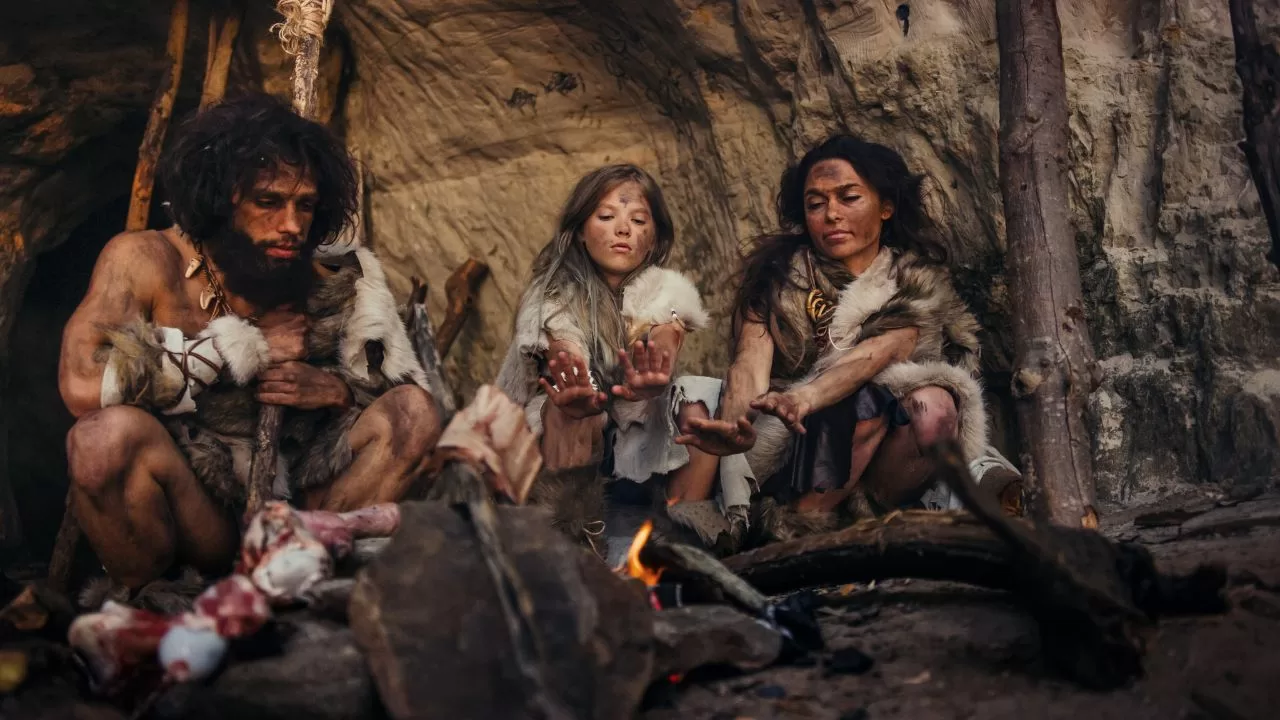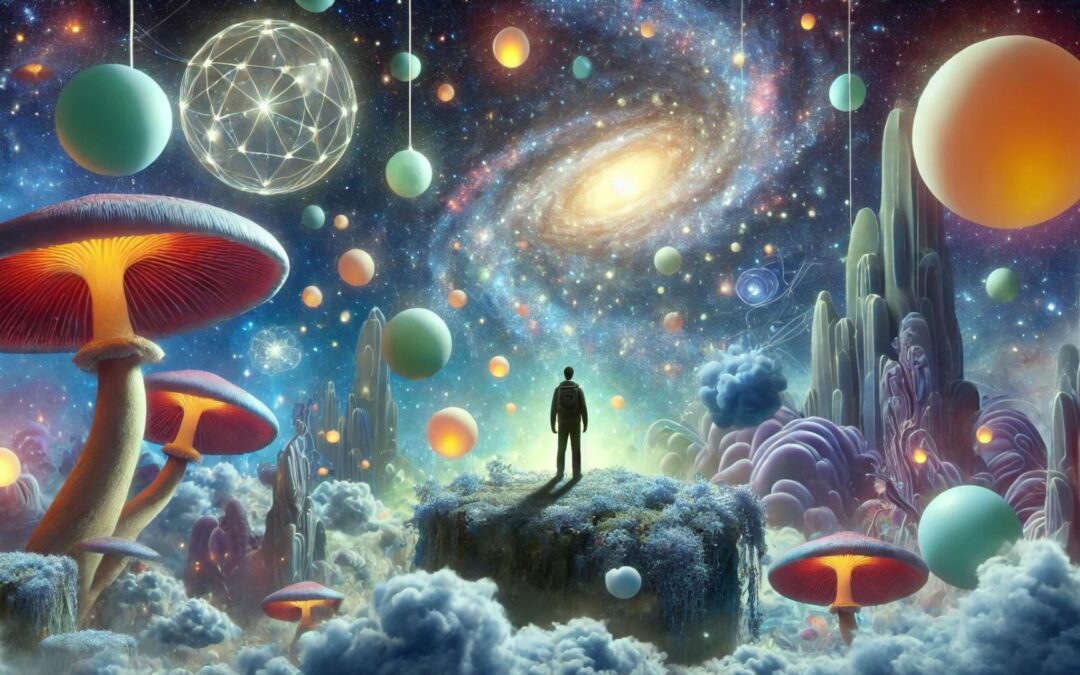- Homo Sapiens: The Dawn of Modern Humans
- Keywords
- Key Takeaways
- Frequently Asked Questions (FAQs)
- Why did Homo sapiens migrate out of Africa?
- How did Homo sapiens communicate before the development of structured language?
- What led to the extinction of Neanderthals and Denisovans?
- How did the discovery of agriculture impact Homo sapiens?
- Why is art in caves significant?
- Did Homo sapiens and Neanderthals coexist?
- How did Homo sapiens adapt to different environments during their migrations?
- Why is Africa considered the cradle of humankind?
- How did language influence the growth of early societies?
- Were Homo sapiens the first to use tools?
- Myth Buster
- Myth: Homo sapiens were the only human species.
- Myth: Neanderthals were unintelligent brutes.
- Myth: All early humans were hunters.
- Myth: Homo sapiens immediately dominated other human species upon encounter.
- Myth: Language, as we understand it, has been around for millions of years.
- Myth: Cave paintings were just primitive doodles.
- Myth: Agriculture was an immediate success.
- Myth: All Homo sapiens lived in caves.
- Myth: Homo sapiens and Neanderthals looked drastically different.
- Myth: Homo sapiens were the first to discover fire.
Homo Sapiens: The Dawn of Modern Humans
In the grand theater of life, millions of years ago, as the curtain rose on the African savannah, our story began with a twist of evolution that would change the game forever. Meet Homo sapiens, the newest addition to the Homo lineup. No pressure, but these early humans were about to embark on a journey that would lead to… well, us.
Now, picture Steve, our hypothetical Homo sapiens ancestor. Steve wasn’t particularly bulky like the Neanderthals, nor did he have the brow ridges that would’ve made him a prime candidate for Geico commercials. He was slender, upright, with a rounded skull hosting a big brain. One might even say he had an intellectual look about him, or at least as intellectual as one can look without spectacles.
The African landscape was Steve’s playground, but it wasn’t all sunshine and rainbows. While his brain was his trump card, survival was a daily challenge. Predators lurked, climates shifted, and Friday night plans were frequently interrupted by unexpected volcanic eruptions.
But what truly set Steve and his pals apart? It wasn’t just their skull shape or the fact that they could probably rock a tuxedo if given the chance. It was their innate curiosity and ability to innovate. Flint tools became the iPhone of the Stone Age – an essential possession every Homo sapiens wanted in their rock collection.
One day, Steve’s friend, Creativity Carl, had a wild idea. “Why just use stones and sticks when you can paint and craft?” And so, art was born. The caves became the first art galleries, showcasing handprints, geometric designs, and intricate animal paintings. These weren’t just doodles; they were symbols, stories, maybe even early Yelp reviews about the local mammoth burger joint.
Now, in Steve’s social circle, there was also Gossip Gwen. Gwen was all about communication. Thanks to their developed larynx and tongue, Homo sapiens could produce a wide range of sounds. Gwen was at the forefront of this, mastering the art of detailed storytelling, complex instructions, and the occasional juicy rumor about Neanderthals. Language was blossoming, and it became the social glue, facilitating collaboration in hunting, gathering, and the early stages of civilization.
In the blink of an evolutionary eye, Homo sapiens began to expand their horizons. Perhaps driven by wanderlust or the search for better real estate, they began migrating out of Africa. These were not leisurely vacations; these migrations were epic treks fraught with dangers. Every new land brought new challenges, from icy terrains to monstrous beasts. Yet, with tenacity and their ever-adapting toolkit, they made each place home.
Along the way, they met other human species – Neanderthals in Europe, Denisovans in Asia. While there might’ve been some rivalry (and occasional flirting), the Homo sapiens, with their advanced tools and collaborative spirit, had the upper hand. Over time, they became the last humans standing.
Settling down started to look appealing. No longer nomadic, groups began to form the earliest communities near rivers and fertile lands. Agriculture was discovered, leading to the rise of settlements. “Why hunt and gather when you can farm and chill?” might’ve been the motto. This shift was the dawn of civilization. Cities formed, cultures blossomed, and history, as we know it, began to take shape.
Yet, let’s not forget where it all started – with Steve and his tribe in Africa. Their journey, filled with drama, humor, and innovation, laid the foundation for everything we are today. From art to agriculture, from caves to condos, the saga of Homo sapiens is an epic tale of survival, ingenuity, and the indomitable human spirit. So here’s to our ancestors, who ventured into the unknown, paving the way for the complex tapestry of human history. Cheers, Steve!
Keywords
- Homo sapiens: The scientific name for the modern human species, characterized by an upright posture, high cognitive abilities, and the use of complex language and tools.
- Neanderthals: An extinct species or subspecies of archaic humans that lived in Eurasia until about 40,000 years ago.
- Flint tools: Stone implements made from flint, primarily used by prehistoric humans for various tasks such as hunting and cutting.
- Stone Age: A prehistoric period during which stone was widely used to make tools and weapons.
- Migration: The movement of groups of Homo sapiens from their original habitats to new regions.
- Denisovans: An extinct species or subspecies of archaic humans that lived in Asia.
- Agriculture: The practice of cultivating land to grow crops and rear animals.
- Civilization: An advanced state of human society marked by well-defined agriculture, cultural, and technological developments.
- Language: A system of communication using sounds or symbols enabling humans to express thoughts, feelings, and information.
- African savannah: A grassy plain in tropical regions, especially in Africa, with few trees, and is the region where Homo sapiens originated.
Key Takeaways
- Homo sapiens originated in the African savannah and were unique due to their cognitive abilities and physical characteristics.
- Their evolution marked the development of tools, especially those made from flint, revolutionizing daily tasks.
- The emergence of art in caves depicted stories, symbols, and could be considered as the first mode of communication.
- The development of a structured language facilitated complex communication, paving the way for collaborative efforts.
- Homo sapiens migrated out of Africa, encountering different environments, challenges, and other human species.
- Through interaction with other species, Homo sapiens became the dominant human species.
- The shift from a nomadic lifestyle to settled communities gave rise to agriculture.
- The foundation of civilization was laid with the establishment of settlements and cities.
- Culture, art, and societal structures flourished with the rise of civilization.
- The journey of Homo sapiens, from their origins to the dawn of civilization, signifies their adaptability, innovation, and resilience.
Frequently Asked Questions (FAQs)
Why did Homo sapiens migrate out of Africa?
Several theories suggest the reasons for this migration, including changes in the environment, population pressures, and the search for new resources. Their adaptability allowed them to explore and inhabit diverse environments across continents.
How did Homo sapiens communicate before the development of structured language?
Early Homo sapiens likely used a combination of gestures, simple vocal sounds, and symbolic art to communicate. Over time, this evolved into a more complex and structured form of language.
What led to the extinction of Neanderthals and Denisovans?
While the exact reasons remain a topic of research, theories include competition with Homo sapiens, climate changes, diseases, and even interbreeding, where their genes were absorbed into the Homo sapiens gene pool.
How did the discovery of agriculture impact Homo sapiens?
Agriculture allowed Homo sapiens to settle in one place, leading to the development of permanent settlements, growth in population, and the establishment of societal structures. This shift from hunting and gathering marked the beginning of civilization.
Why is art in caves significant?
Cave art provides insights into the cognitive abilities, beliefs, and daily life of early Homo sapiens. It represents their ability to communicate, tell stories, and express their understanding of the world around them.
Did Homo sapiens and Neanderthals coexist?
Yes, for a period, both species coexisted in certain regions, particularly in Europe. Evidence suggests they might have even interacted and interbred.
How did Homo sapiens adapt to different environments during their migrations?
Homo sapiens used their cognitive abilities to innovate tools, develop clothing, build shelters, and discover new food sources, ensuring their survival in varying climates and terrains.
Why is Africa considered the cradle of humankind?
Most of the oldest fossils of early humans and their ancestors have been found in Africa. It’s believed that Homo sapiens, along with other human species, evolved here before migrating to other parts of the world.
How did language influence the growth of early societies?
Language facilitated communication, allowing for better cooperation in hunting, gathering, and defending against predators. It also enabled the sharing of knowledge, stories, and traditions, binding communities together.
Were Homo sapiens the first to use tools?
No, other earlier human species and primates also used basic tools. However, Homo sapiens significantly advanced tool-making, using a wide range of materials and techniques.
Myth Buster
Myth: Homo sapiens were the only human species.
Reality: Several human species existed, such as Neanderthals and Denisovans. Homo sapiens are the only surviving species today.
Myth: Neanderthals were unintelligent brutes.
Reality: Neanderthals had large brains, created tools, and even engaged in symbolic and artistic expressions.
Myth: All early humans were hunters.
Reality: While hunting was a significant activity, early humans also gathered plants, fruits, and nuts, leading to a balanced diet.
Myth: Homo sapiens immediately dominated other human species upon encounter.
Reality: Homo sapiens coexisted with species like Neanderthals for thousands of years. Over time, through various factors, Homo sapiens became the dominant species.
Myth: Language, as we understand it, has been around for millions of years.
Reality: Structured and complex language as we know it has evolved over time. Early communication was likely a mix of simple sounds and gestures.
Myth: Cave paintings were just primitive doodles.
Reality: Cave art was a form of expression, communication, and possibly even spiritual or ritualistic practices.
Myth: Agriculture was an immediate success.
Reality: The shift to agriculture was gradual and had its challenges, including crop failures and conflicts over land.
Myth: All Homo sapiens lived in caves.
Reality: While caves provided shelter, many early humans were nomadic and created temporary shelters using materials like wood and animal hides.
Myth: Homo sapiens and Neanderthals looked drastically different.
Reality: While there were physical differences, such as in stature and brow ridge, they shared many similarities and could even interbreed.
Myth: Homo sapiens were the first to discover fire.
Reality: Earlier human species, including some Homo erectus populations, are believed to have used fire long before Homo sapiens.












0 Comments